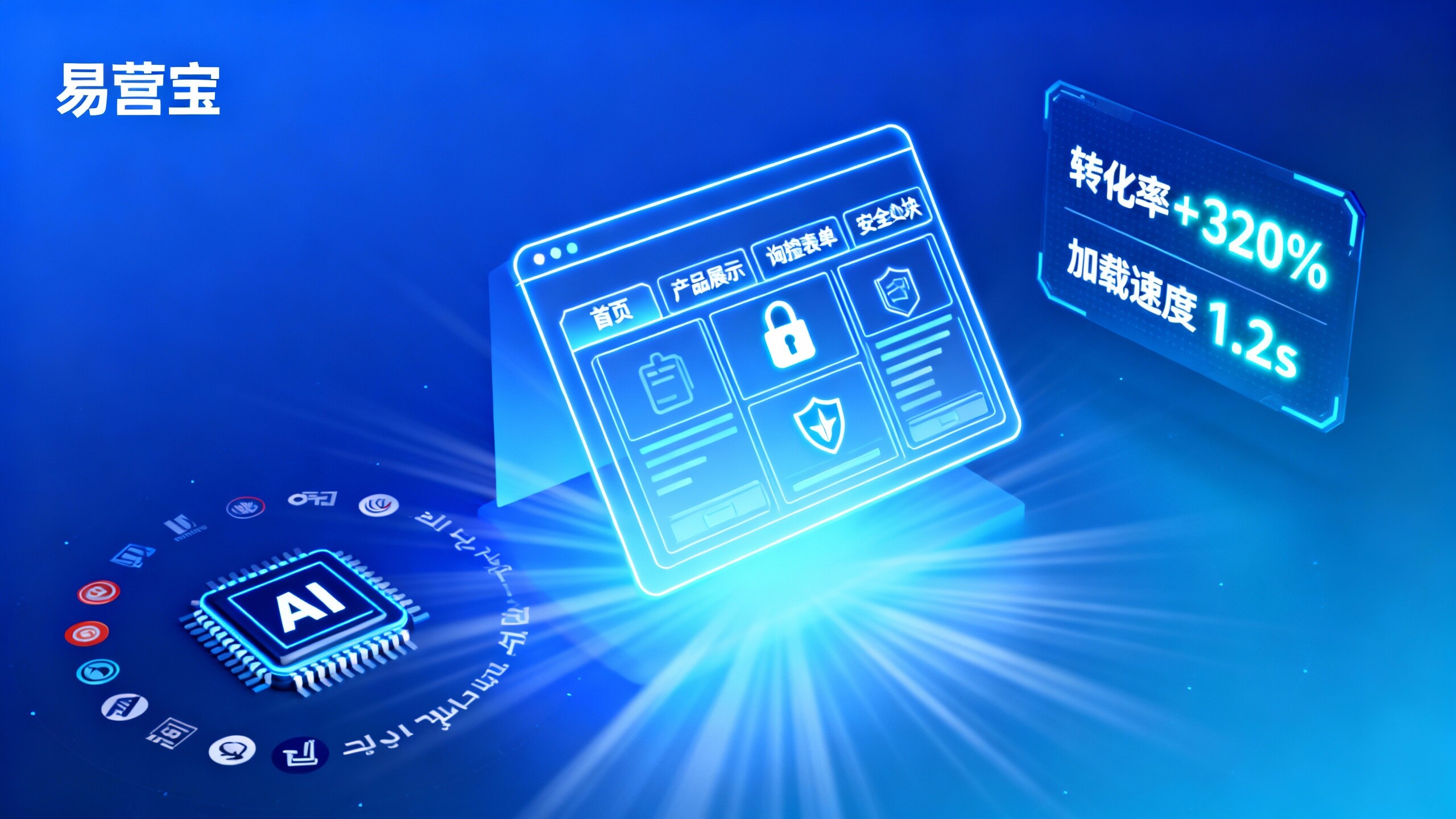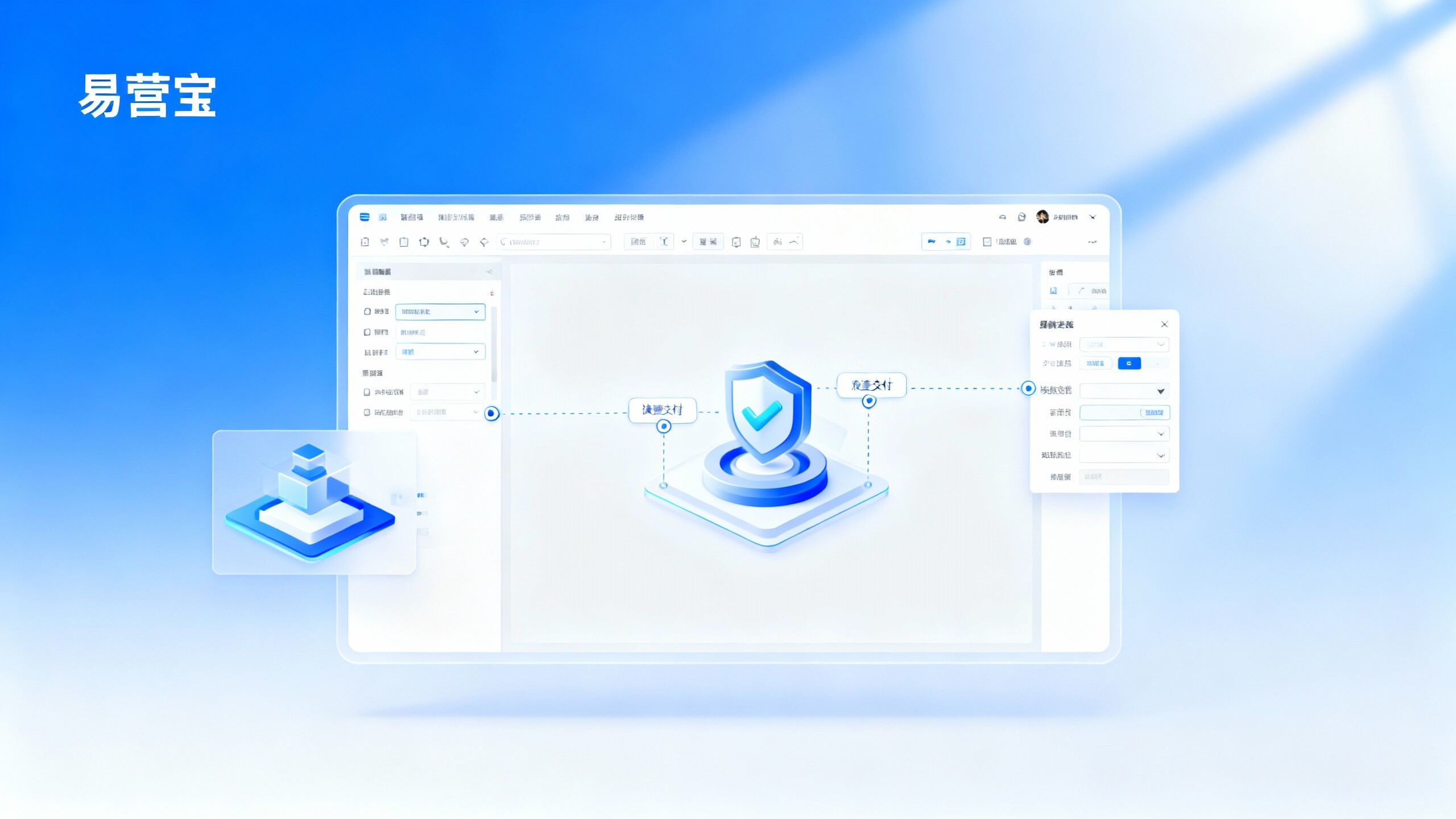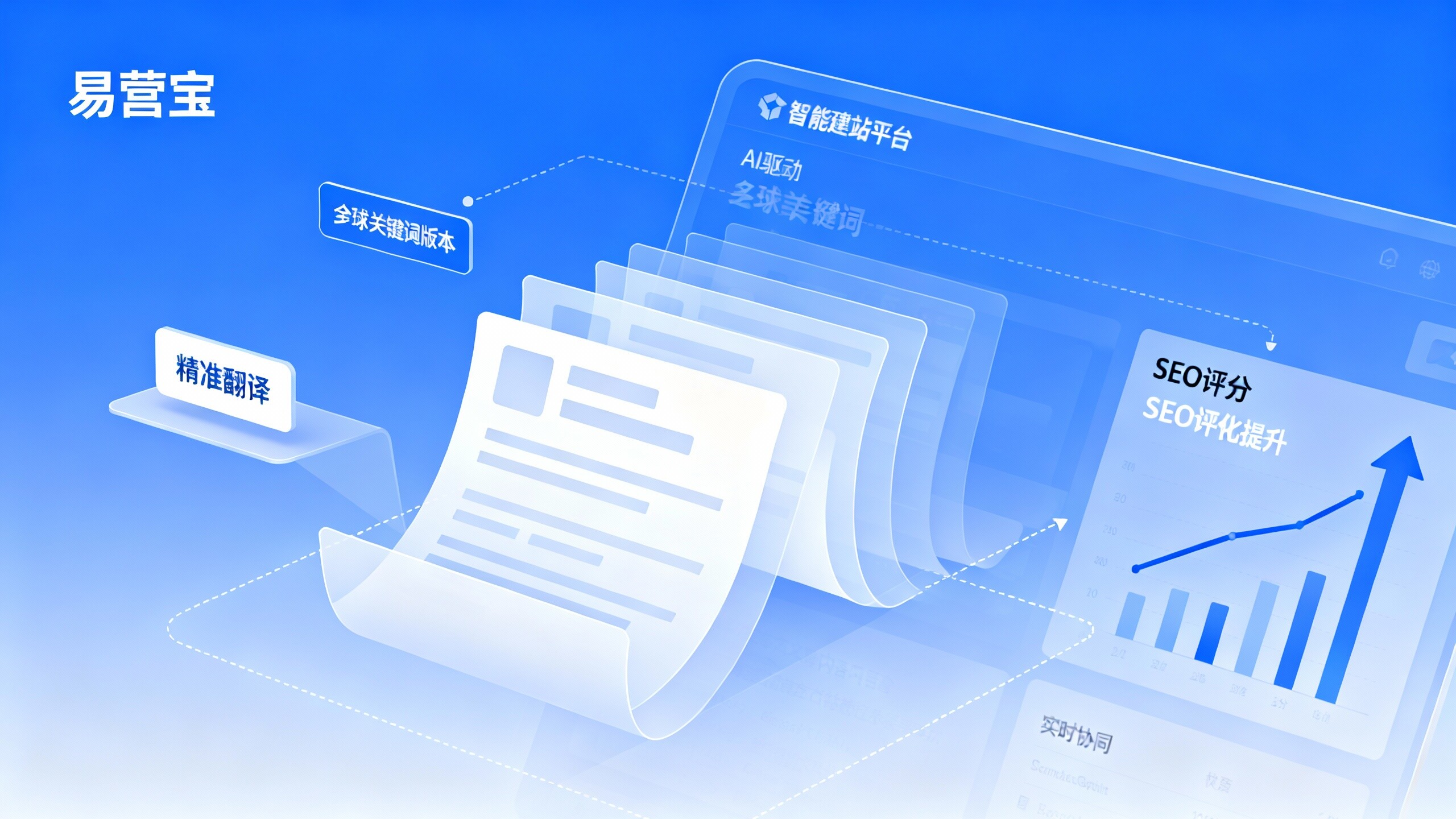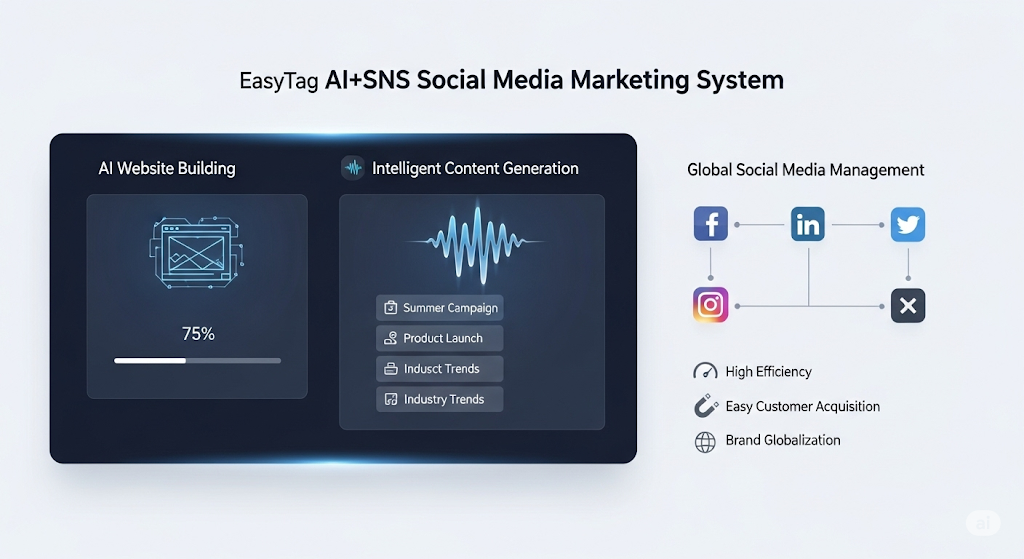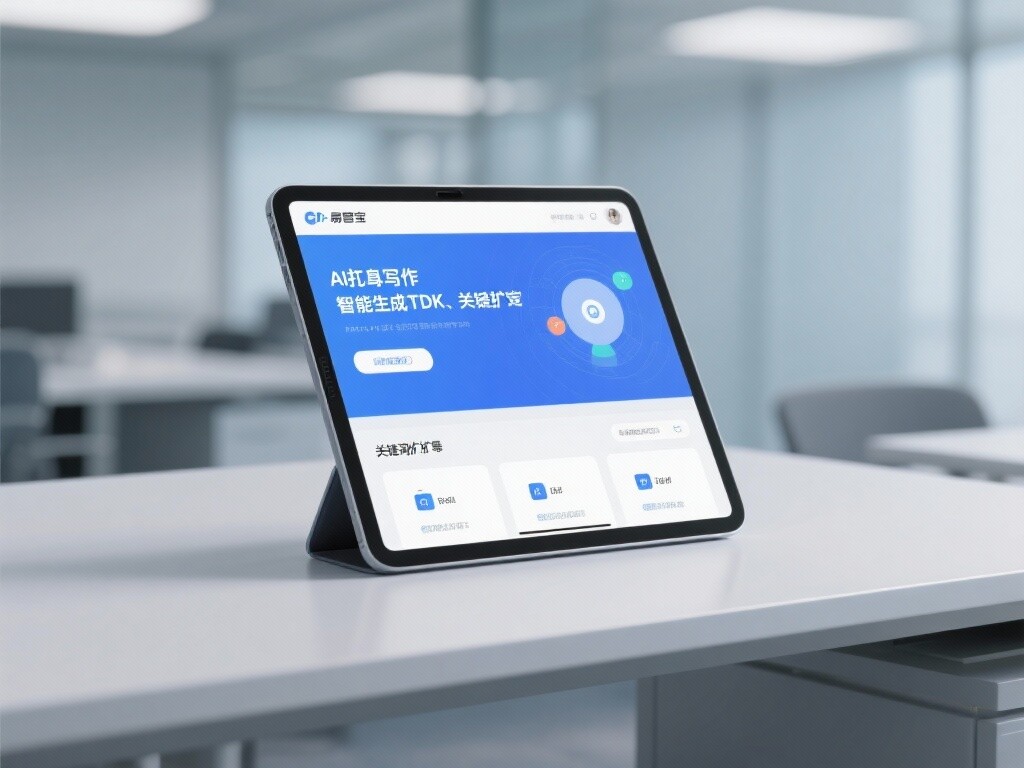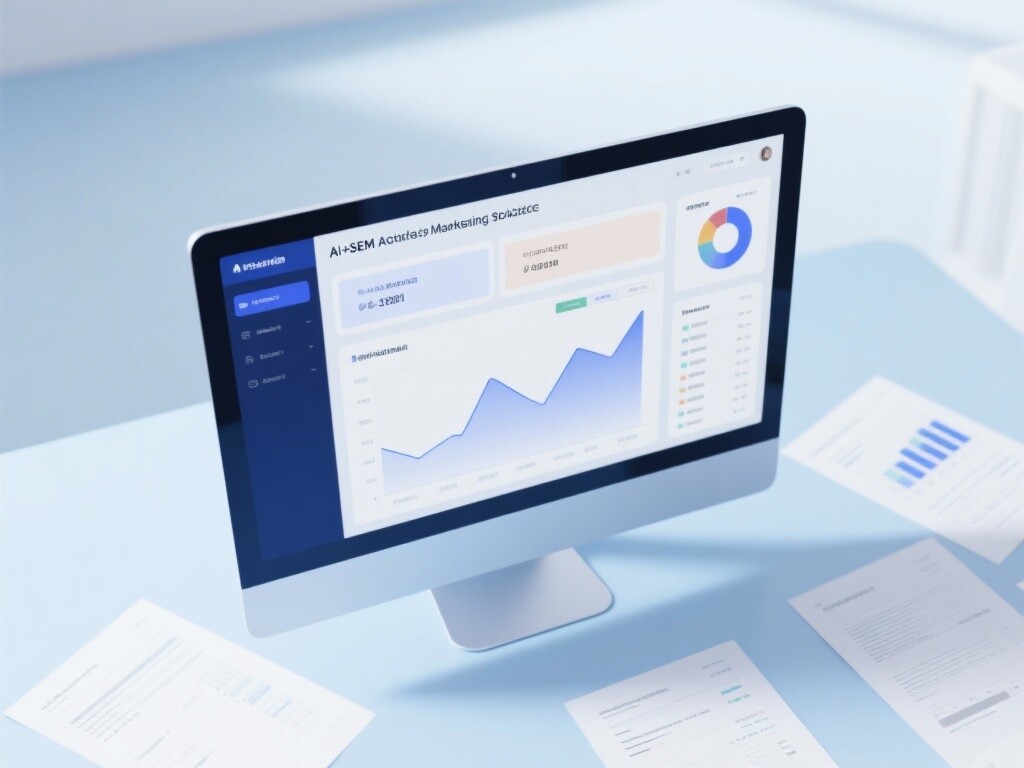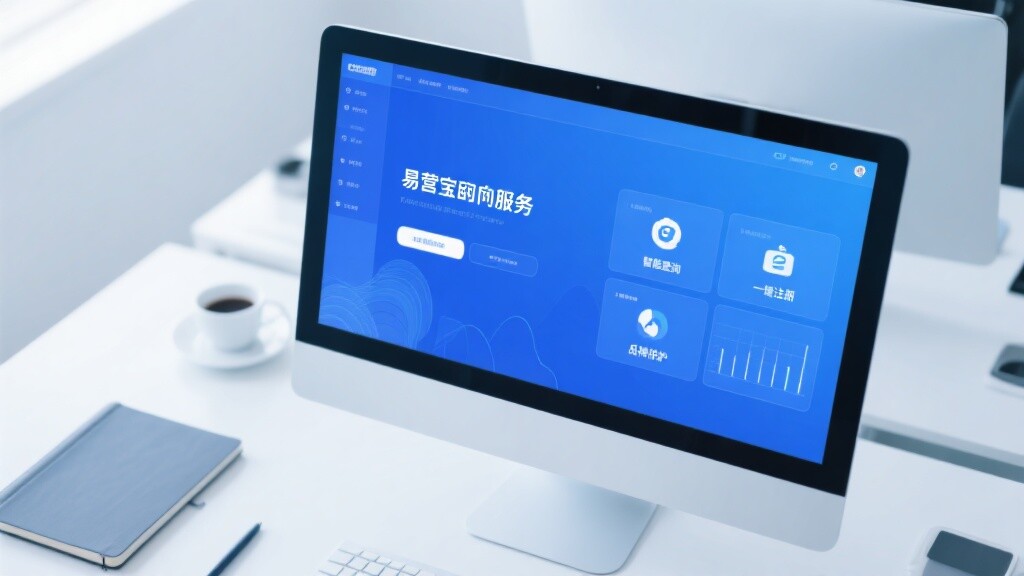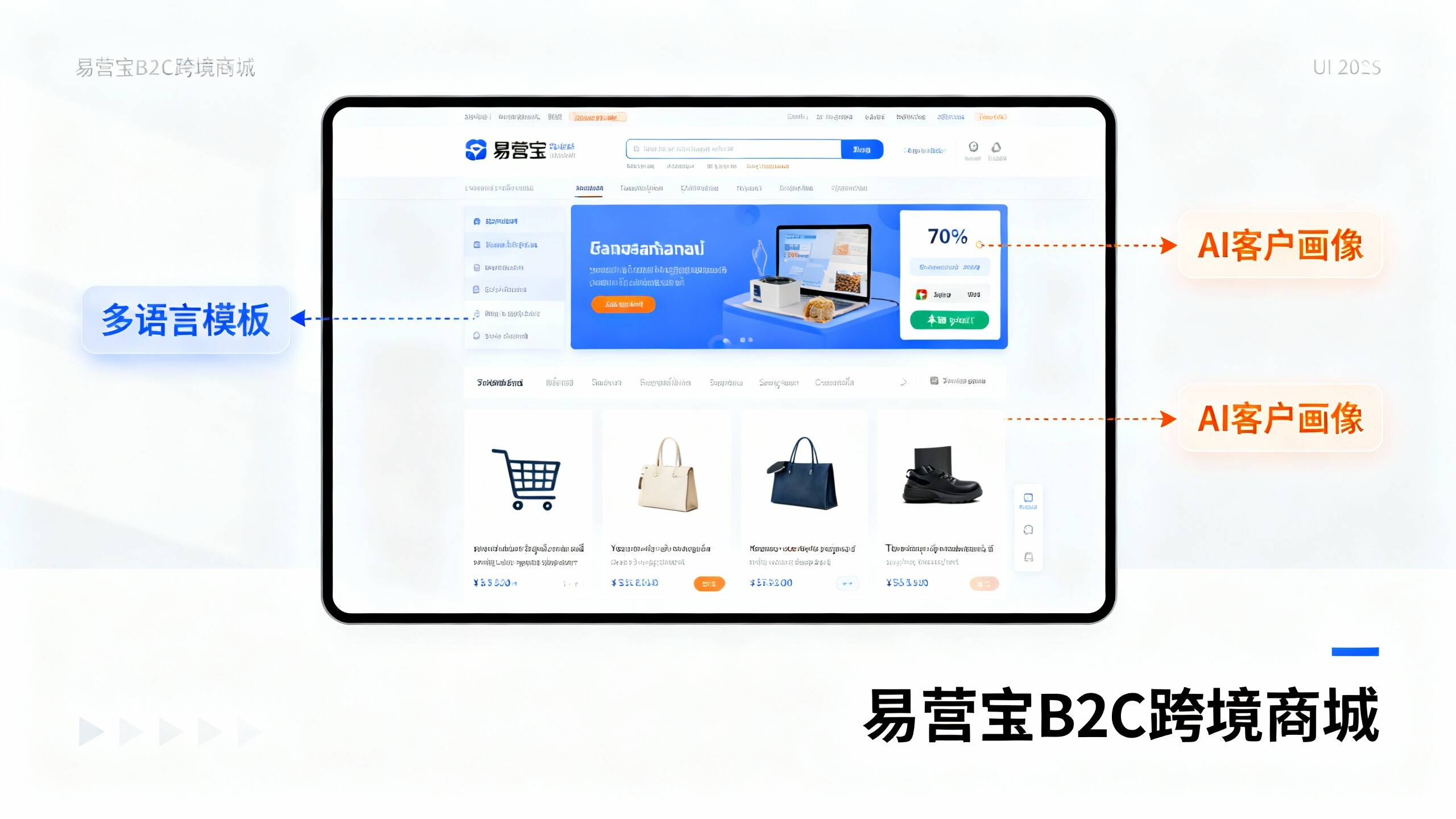- Why Must Foreign Trade Enterprises Have Independent Websites in 2024? Market Trend Analysis2025-12-20View Details
- 0000 Smart Website Building Platform Industry Discussion: Which Platform Has the Shortest and Most Reliable Delivery Cycle?2025-12-20View Details
- Smart Website Industry Analysis: 2024 B2B Market Trends and Selection Guide2025-12-19View Details
- IDC SaaS Platform User Satisfaction Survey: Which Platform Offers the Most Considerate After-Sales Service?2025-12-19View Details
- Is the cost of building a foreign trade independent website high? How does the budget impact multilingual support for different languages?2025-12-19View Details
- How to Improve Inquiry Quality Through B2B Standalone Site Optimization + Multilingual Website in 2025: Google SEO Practical Methods2025-12-18View Details
- B2B Website Comparison: Facebook Marketing vs Google Advertising Which Improves Inquiry Quality and ROI2025-12-19View Details
- AI Advertising Platform Selection Guide: Cost, Effectiveness, and Platform Stability Comparison2025-12-19View Details
Under the wave of Everything Intelligent Connection, how can foreign trade enterprises realize a new leap in export by means of mobile Internet of Things?
In 2024, "Intelligent Connection of Everything" is sweeping the world at an unprecedented speed like a surging wave. The digital transformation of smart terminals has become the focus of the times, profoundly changing our lives and economic landscape. Against this grand background, foreign trade companies have ushered in new development opportunities and challenges. With the continuous maturity of mobile Internet of Things technology, its wide application in various industries has not only promoted the digital transformation and new industrialization process of the industry, but also opened up a new path for the export marketing of foreign trade companies. However, how to find the right direction in this wave, guide the industry's joint efforts, and achieve deep integration with the industry has become an important issue facing many foreign trade companies.
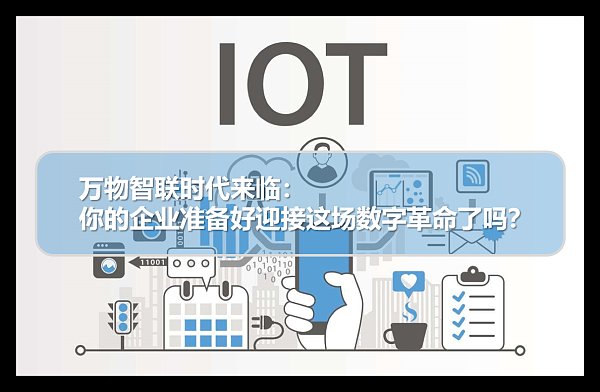
1. The current status of the digital transformation of smart terminals in the “Internet of Everything” in 2024
1. Technological breakthroughs drive growth in connection scale
In 2024, communication technologies such as 5G and NB-IoT will continue to evolve, and network coverage will continue to be optimized, providing a solid foundation for large-scale connection of smart terminals. By the end of July 2024, the total number of mobile communication base stations in China reached 11.93 million, and the number of mobile Internet of Things terminal users reached 2.547 billion, accounting for 59% of the number of mobile terminal connections, and the pace of "things superman" continued to expand. This data shows that smart terminal devices are accessing the network at an unprecedented speed to realize the interconnection of all things. For example, smart door locks, cameras, sensors and other devices in the smart home field can remotely control and monitor the home environment anytime and anywhere through a stable network connection, greatly improving the convenience of life.
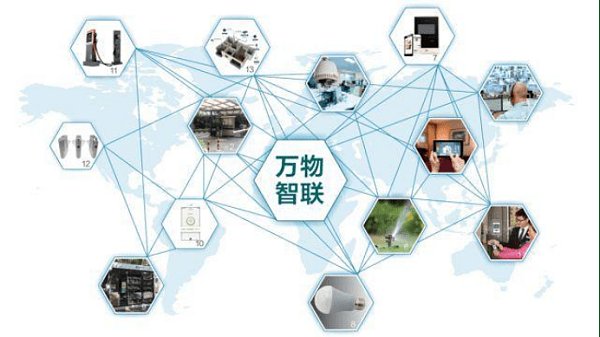
2. Accelerated expansion of intelligent application scenarios
The intelligence level of smart terminals has been significantly improved, and their application scenarios have been widely penetrated into various industries. In industrial manufacturing, smart sensors and equipment monitor the production process in real time, achieve precise control and predictive maintenance, and effectively improve production efficiency and product quality; in the field of transportation and logistics, smart vehicle terminals and logistics tracking equipment optimize transportation route planning and improve cargo distribution efficiency; in the medical and health industry, smart wearable devices and telemedicine terminals realize real-time monitoring and remote diagnosis of personal health, and promote the innovation of medical service models. The continuous emergence of these intelligent application scenarios has accelerated the digital transformation process of the industry.
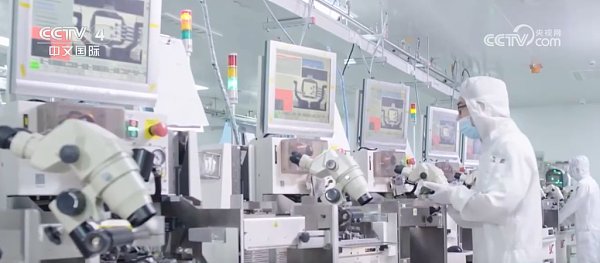
(III) The industrial ecology is gradually improving
From chips, modules to terminal devices and software platforms, all links in the mobile Internet of Things industry chain have continued to grow and develop, forming a relatively complete industrial ecology. Many domestic companies have emerged in various sub-sectors. For example, Huawei and ZTE have strong technical strength in the fields of communication equipment and chips, and Xiaomi and Haier have actively deployed in the field of smart home terminals, promoting industry technology innovation and product iteration. At the same time, the establishment of industrial alliances and innovation centers has promoted cooperation, exchanges and collaborative innovation among enterprises, further promoting the prosperity and development of the industrial ecology.
2. The driving effect of “Intelligent Connection of Everything” on export marketing of foreign trade enterprises
1. Creating new demand for export products
With the development of the intelligent interconnection of all things, the demand for smart terminal devices and related services in the overseas market has exploded. Foreign trade companies can take this opportunity to promote smart sensors, smart home appliances, industrial Internet of Things gateways and other products to the international market. For example, smart security cameras are highly favored in developed countries such as Europe and the United States because of their high-definition image quality, intelligent recognition, remote monitoring and other functions, bringing new order growth points to related foreign trade companies. According to market research institutions, the scale of the global smart security market will continue to expand in the next few years, and the annual compound growth rate is expected to reach double digits.

2. Increasing the added value of export products
The integration of intelligent technology has enabled traditional products to achieve functional upgrades and differentiated competition. Foreign trade companies have significantly increased the added value of their products by adding intelligent modules to their products, such as dimming and color adjustment in intelligent lighting systems, scene mode switching functions, and health monitoring and data analysis functions in smart wearable devices. This not only helps companies increase product prices, but also enhances the competitiveness of their products in the international market. Taking smart watches as an example, high-end smart watches with functions such as heart rate, blood pressure, and sleep monitoring have significantly higher prices than ordinary watches, and their profit margins are more substantial.
3. Expanding export marketing channels
In the era of intelligent interconnection of all things, online marketing channels are more diversified and intelligent. Foreign trade enterprises can use big data analysis to accurately locate target customers and carry out personalized marketing activities through social media platforms and cross-border e-commerce platforms. At the same time, with the help of intelligent customer service and virtual display functions realized by IoT technology, customer experience can be improved and sales conversion can be promoted. For example, some companies use virtual reality (VR) and augmented reality (AR) technology to display the actual placement effects of smart furniture products online, allowing consumers to feel the advantages of the products more intuitively, thereby increasing their willingness to buy.
4. Promoting intelligent supply chain collaboration
In the intelligent interconnected environment, the information flow between foreign trade enterprises and suppliers and logistics partners is more real-time and accurate. Through the visual management of the supply chain achieved by IoT technology, enterprises can grasp the information such as raw material inventory, production progress, logistics transportation status, etc. in real time, so as to optimize production plans and distribution arrangements, reduce operating costs and improve delivery efficiency. For example, a clothing foreign trade enterprise connected with fabric suppliers, processing plants and logistics companies in real time through the IoT system, ensuring the timely supply of raw materials, smooth production process and timely delivery of products, which won high praise and long-term cooperation from customers.
3. Strategies to promote the integration of mobile IoT and industries
1. Strengthening policy guidance and support
The government should increase policy support for the mobile Internet of Things industry, formulate tax incentives, financial subsidies and other policies, encourage enterprises to increase R&D investment, promote technological innovation and industrial upgrading. At the same time, strengthen industrial planning and layout, guide resources to gather towards advantageous enterprises and key projects, and cultivate and expand industrial clusters. For example, set up special funds to support the R&D of key technologies for the mobile Internet of Things, and provide preferential policies in terms of land, taxation, etc. for newly built Internet of Things industry demonstration bases.
2. Strengthening technological innovation and standard setting
Enterprises, scientific research institutions and universities should strengthen industry-university-research cooperation to jointly overcome the core technical difficulties of mobile Internet of Things, such as low-power wide area network technology, high-precision sensor technology, intelligent edge computing technology, etc. Actively participate in the formulation of international standards and promote my country's mobile Internet of Things technology and products to the world. For example, Huawei actively participates in the formulation of 5G standards, and many of its proposed technical solutions have been included in international standards, which has enhanced my country's voice in the global communications field and laid a solid foundation for enterprises to expand overseas markets.
3. Promoting industrial collaboration and open cooperation
Encourage upstream and downstream enterprises in the industrial chain to strengthen cooperation and establish a mutually beneficial and win-win cooperation model. Telecom operators, equipment manufacturers, software developers and system integrators should collaborate and innovate to jointly create end-to-end mobile Internet of Things solutions. At the same time, promote open cooperation among industries, break down barriers, and promote the widespread application of mobile Internet of Things technology in different industries. For example, the smart factory solution launched by China Mobile in cooperation with many companies integrates the advantageous resources of all parties, realizes the intelligent management of the factory production process, and improves the production efficiency and market competitiveness of enterprises.
(IV) Focus on talent training and introduction
Establish a multi-level talent training system for mobile Internet of Things, strengthen the construction of relevant majors in colleges and universities, and cultivate a group of professionals with interdisciplinary knowledge background and practical ability. At the same time, actively introduce high-level overseas talents and innovation teams to enhance the innovation ability and international competitiveness of my country's mobile Internet of Things industry. For example, some colleges and universities cooperate with enterprises to open courses in Internet of Things engineering, focus on practical teaching links, and provide enterprises with a large number of application-oriented talents; some cities have attracted a group of experts and scholars in the field of Internet of Things and innovative and entrepreneurial talents by implementing overseas high-level talent introduction plans.
4. Which industries can benefit from the development of mobile Internet of Things?
1. Industrial Manufacturing
In the industrial field, the Internet of Everything has realized the interconnection and intelligent management of production equipment. By real-time monitoring of equipment operation status, optimizing production processes and implementing predictive maintenance, enterprises can significantly improve production efficiency, reduce equipment failure rates, and ensure stable product quality. For example, automobile manufacturers use IoT technology to realize automated monitoring and scheduling of production lines, reducing production line downtime by 30%, reducing product defective rates by 20%, and increasing production efficiency by 40%, which has effectively promoted the company's new industrialization process.

2. Transportation and Logistics
Intelligent vehicle terminals and logistics tracking devices optimize transportation route planning and improve cargo delivery efficiency. By real-time monitoring of vehicle location, driving speed, cargo status and other information, logistics companies can achieve accurate scheduling, reduce transportation costs and improve customer satisfaction. For example, express delivery companies use IoT technology to track express parcels throughout the entire process, and consumers can check the location of parcels at any time, which greatly improves the transparency and reliability of logistics services. At the same time, the development of intelligent transportation systems can also help alleviate urban traffic congestion and improve transportation safety.
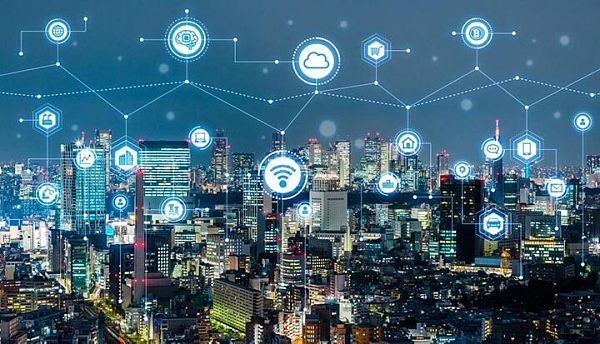
3. Medical and Health Care
Smart wearable devices and telemedicine terminals have enabled real-time monitoring and remote diagnosis of personal health, and promoted innovation in medical service models. Patients can monitor their health indicators at any time through devices such as smart bracelets and smart blood pressure monitors, and upload the data to the cloud. Doctors can view patient data remotely and make timely diagnosis and intervention. In addition, IoT technology can also be applied to hospital equipment management, drug traceability, and other aspects to improve medical management efficiency and quality safety. For example, some hospitals use IoT technology to achieve remote monitoring and maintenance of medical equipment, reduce equipment failure rates, and ensure the continuity of medical services.
4. Smart Home
Smart door locks, cameras, sensors and other devices in the smart home field can be connected to a stable network, allowing users to remotely control and monitor the home environment anytime and anywhere, greatly improving the convenience of life. For example, users can remotely control home lights, air conditioners, curtains and other devices through mobile phone apps to achieve intelligent home scene switching. At the same time, the smart home system can also automatically sense environmental changes such as temperature, humidity, smoke, etc. through sensors, and issue alarms in time to improve home safety.
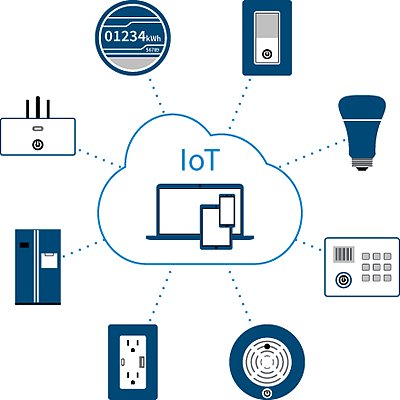
5. Energy management
Smart grids reduce power loss by monitoring power supply and demand in real time, achieving precise power distribution and intelligent dispatching. For example, smart meters can record user power consumption in real time and transmit data to power supply companies, which can analyze user power consumption habits based on the data and optimize power distribution. In addition, IoT technology can also be applied to the field of new energy power generation, such as monitoring and management of solar and wind power stations, to improve the efficiency and stability of new energy power generation.
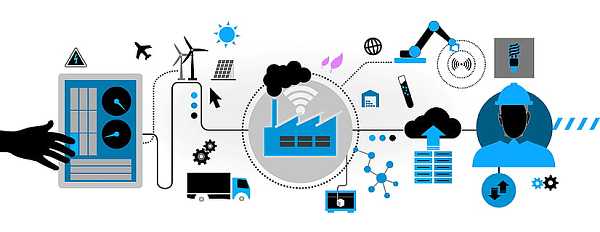
6. Agriculture
In the agricultural sector, mobile IoT technology can be used to monitor and control irrigation systems, weather stations, soil moisture sensors and other equipment to achieve precision agricultural management. Farmers can remotely monitor farmland environmental parameters through mobile phones or computers, automatically control irrigation, fertilization and other operations according to crop needs, improve agricultural production efficiency, save water resources, and reduce the use of fertilizers and pesticides. For example, some large farms use IoT technology to implement intelligent irrigation systems, which automatically water crops according to soil moisture and crop water requirements, increasing crop yields by about 15% and reducing water costs by about 20%.
7. Retail
Mobile IoT technology is also increasingly being used in the retail industry. Smart shelves can monitor inventory in real time and automatically remind customers to restock when the number of items falls below a set threshold; smart tags can automatically update and dynamically adjust product prices; and location-based services can provide consumers with personalized shopping recommendations and discount information. For example, some large supermarkets use IoT technology to implement unmanned convenience stores, where consumers can scan codes on their phones to enter stores, shop by themselves, and settle accounts automatically, improving shopping efficiency and consumer experience.
8. Smart City
The intelligent interconnection of all things plays a key role in the construction of smart cities. The intelligent lighting system can automatically adjust the brightness according to the ambient light and traffic flow to save energy; the intelligent traffic management system can monitor traffic flow in real time, optimize signal light control, and alleviate traffic congestion; the smart trash can can automatically sense the overflow of garbage and notify the sanitation department to clean it up in time. These applications not only improve the efficiency of urban management, but also improve the quality of life of residents. For example, by deploying an intelligent traffic management system, a city has significantly improved traffic congestion, the average vehicle speed has increased by about 25%, and the traffic accident rate has decreased by about 15%.

5. From "Internet of Everything" to "Intelligent Internet of Everything" to promote digital transformation of the industry and new industrialization
1. Improving production efficiency and quality
In the industrial field, the Internet of Everything has realized the interconnection and intelligent management of production equipment. By real-time monitoring of equipment operation status, optimizing production processes and implementing predictive maintenance, enterprises can significantly improve production efficiency, reduce equipment failure rates, and ensure stable product quality. For example, automobile manufacturers use IoT technology to realize automated monitoring and scheduling of production lines, reducing production line downtime by 30%, reducing product defective rates by 20%, and increasing production efficiency by 40%, which has effectively promoted the company's new industrialization process.
2. Innovative business models and service models
The intelligent interconnection of all things has spawned many new business and service models. For example, the sharing economy model has been more widely used with the support of the intelligent interconnection of all things. Services such as shared bicycles, shared cars, and shared power banks have achieved precise positioning, intelligent billing, and efficient operation management through smart terminal devices and the Internet of Things platform. In addition, manufacturing companies have achieved a transformation from product sales to the integration of products and services by carrying out product remote monitoring and maintenance services, big data analysis value-added services, etc., and expanded their profit space.
(III) Optimizing resource allocation and energy conservation and emission reduction
The application of intelligent Internet of Everything technology in energy management, logistics distribution, urban planning and other fields helps optimize resource allocation and achieve energy conservation and emission reduction goals. Smart grids monitor power supply and demand in real time to achieve precise power distribution and intelligent scheduling, reducing power loss; smart logistics systems reduce idle mileage and energy consumption by optimizing transportation routes and vehicle scheduling; smart building systems automatically adjust energy consumption according to personnel activities and environmental changes, improving energy efficiency. These applications provide strong support for achieving sustainable development.
In 2024, the digital transformation of smart terminals in the "Internet of Everything" will have a strong momentum, which will bring new opportunities for foreign trade enterprises' export marketing and provide a strong impetus for the digital transformation and new industrialization of various industries. With the joint efforts of the government, enterprises and all sectors of society, by strengthening policy guidance, technological innovation, industrial collaboration and talent training, the deep integration of mobile Internet of Things and various industries will be promoted, which will surely achieve a leap from "Internet of Everything" to "Internet of Everything" and create a better digital future. Foreign trade enterprises should be keenly aware of market trends, actively seize opportunities, expand the international market with the help of the Internet of Everything, and realize their own transformation and upgrading and sustainable development in the global industrial transformation.
If you have any questions about the construction and operation of foreign trade websites, please contact Yiyingbao technical customer service WeChat: Ieyingbao18661939702, and the staff will answer you wholeheartedly!

The picture resources are from the Internet. If there is any infringement, please contact 400-655-2477.
Related articles
Related products

